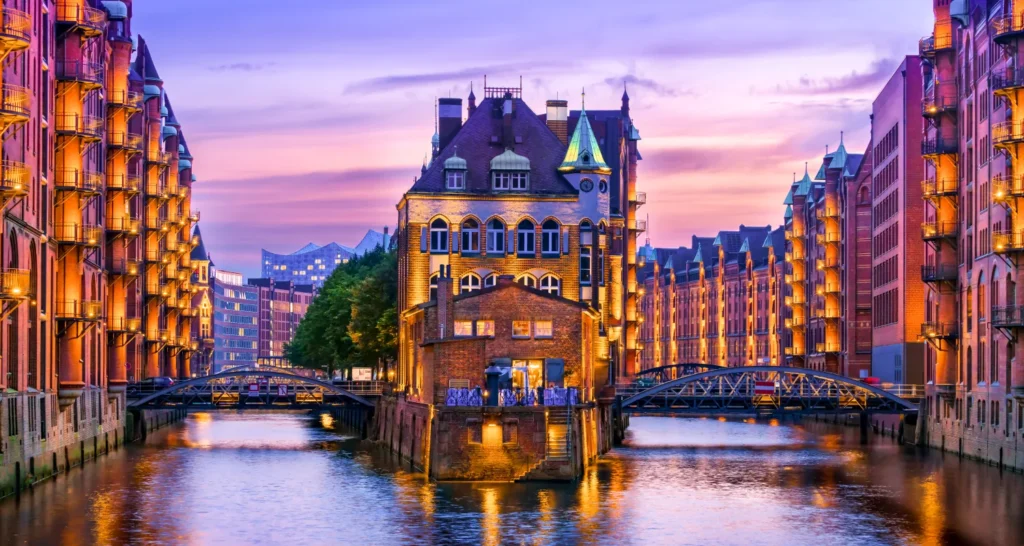According to the EU’s objective, all newly constructed buildings should be nearly zero-energy houses since the beginning of 2021. Accordingly, energy consumption and heat demand in district heating systems will decrease. The possible solutions for district heating to meet the challenges due to this trend are being explored. The requirements for nearly zero-energy solutions implicate on-site renewable energy generation and storage, often including solar.
District heating in low-demand areas
In the future, the operational environment will become more challenging for district heating technology. Therefore, comprehensive planning of the whole system, comprising production, distribution, and consumers will be more important than ever. To satisfy this need it is relevant to simulate and predict the behavior of the systems and to build know-how by developing and/or combining existing tools to be capable to carry out dynamic simulations of complex systems. Such knowledge serves not only district heating companies as service providers but also provides background for authorities in formulating national code regulations in the future.
Research method
A new model of a district heating substation including solar heating panels and a storage tank was developed using IDA-ICE energy simulation software toolkits. This enabled the detailed building energy simulation in combination with a detailed district heating substation model, including solar heating. Such coupling made it possible for the first time to simulate the performance of the combined solar and district heating system, taking into account the heating load in each room and domestic hot water consumption at each time instant. For the network part, the district heating network model was used, developed by VTT, which performs dynamic temperature simulation. Thus, the whole energy chain was covered in the simulation.
Discussion
Simulations showed that solar collectors in district-heated small houses may help to save approximately 50 % of the energy needed for heating the domestic hot water in the Finnish climate, whereas the impact on the space heating energy was marginal. Solar thermal integration with district heating will affect the return temperature of the primary side during the summertime. Simulation of a low heat demand area with three separate cases with alternative connections exposed a strong correlation between heat demand density and efficiency in terms of relative heat losses. Also, temperature variation and drop, especially outside the heating season, were observed.













